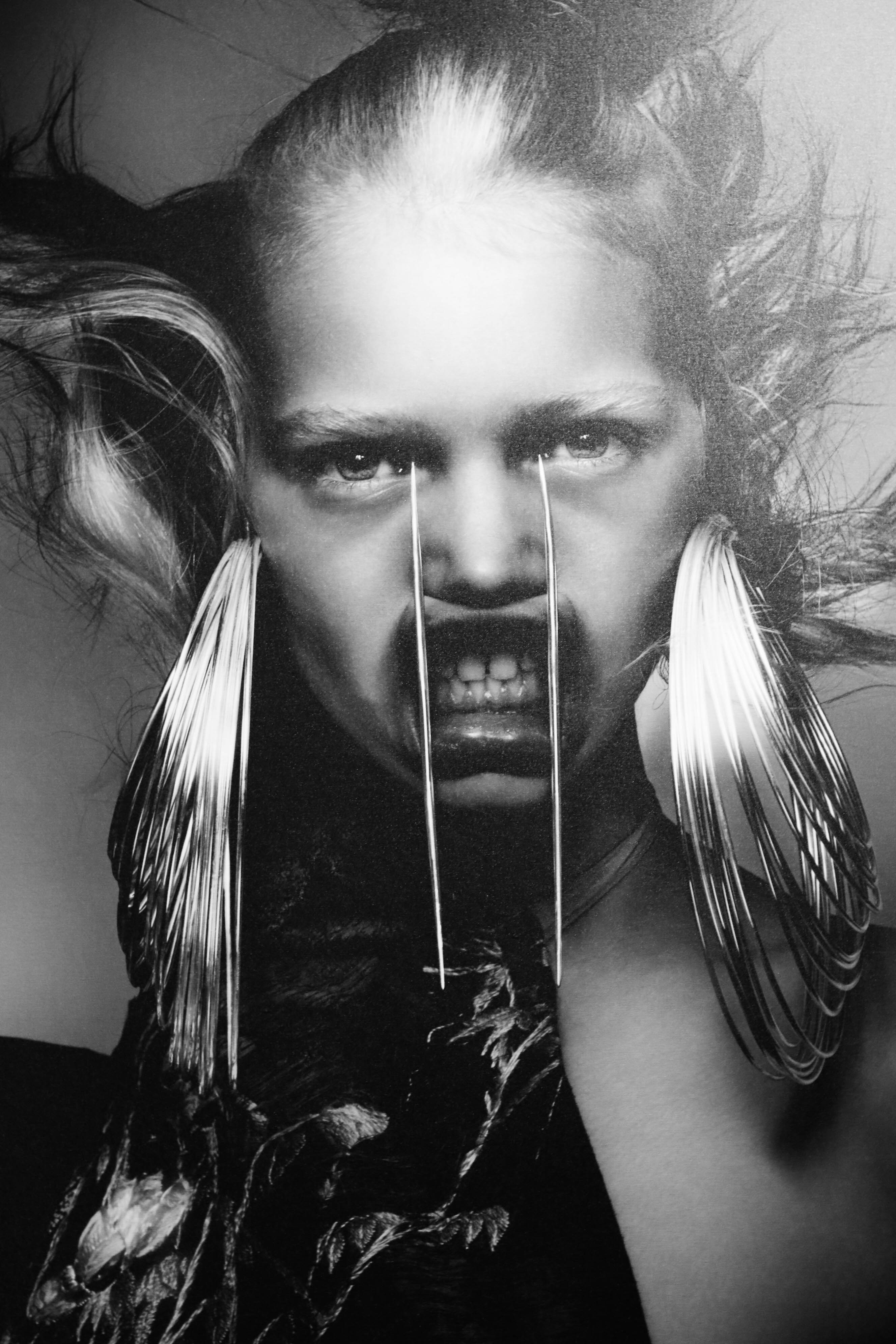SHAMPOOS are not some magical potions that transform your dry, lifeless, dirty or greasy hair into silky smooth strands of sexiness.
Whether your hair is smooth or rough, dry or oily, long or short, depends on your genetic make-up and to some extent, on the environment you live in. If a shampoo advertisement claims that their shampoo will enliven or add life to your hair, then they are lying to you.
This is simply because hair is a naturally dead tissue. Hair is made up of a dead protein called keratin. It is a tough, fibrous material. Our nails are made out of the same protein.
What shampoos actually do is simply clean your hair by removing dirt and grease. Shampoos have characteristic molecules that consists of a water-loving (hydrophilic) ‘head’ and a water-hating (hydrophobic) ‘tail’.
These amphipathic (ambivalent) molecules are called surfactant. So what happens is that the hydrophobic tail attaches itself to the dirt and grease particles while the hydrophilic heads interact with the water molecules.
Then as you rinse your hair, the dirt and grease particles are washed away as the surfactants carry it with them.
When they are in the water, surfactants also form small circular aggregates (blobs) called micelles where the water-loving heads are in contact with the watery environment while the water hating tails point inwards away from the water.
The dirt and grease particles collect in the middle of the micelle.
Then when you rinse your hair, these micelles are washed away taking the dirt and grease with them, leaving your hair nice and clean. Soaps, washing powders, detergents and washing-up liquids work in the same way.
They also contain surfactants which remove dirt, oil or grease from your body and also from your clothes and pots and pans. So now you know: its science, not magic!
King's College London. Award-winning student newspaper, a platform to share your story, and a publication that holds entities accountable when no one else dares.









